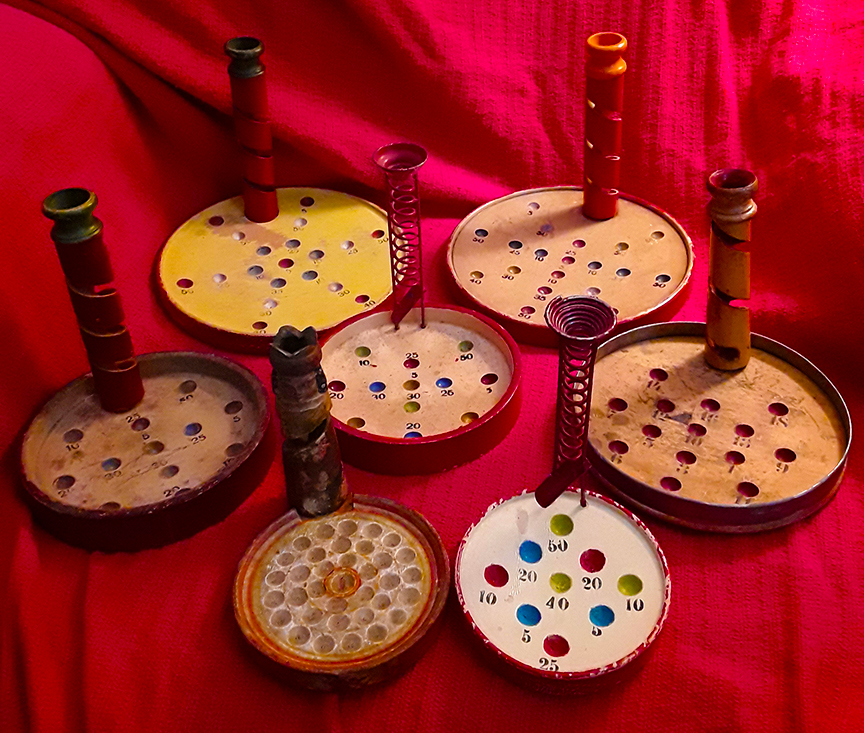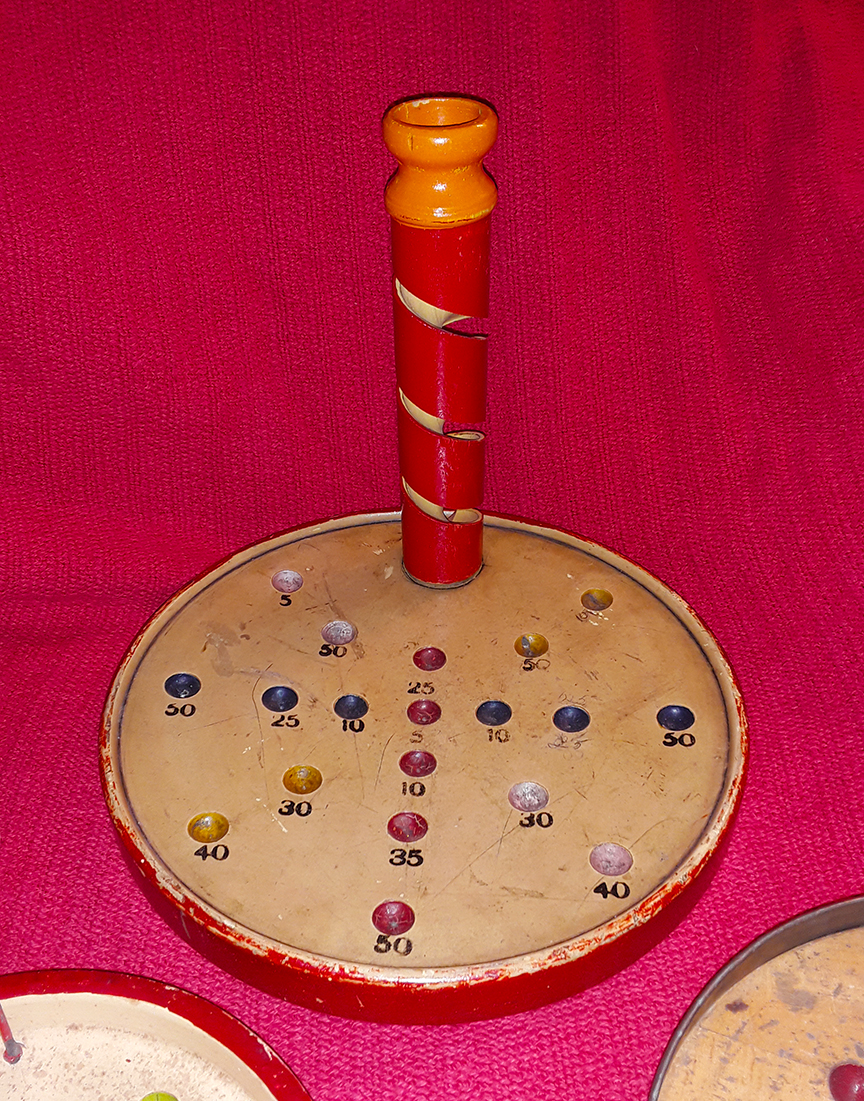-
Posts
460 -
Joined
-
Last visited
Content Type
Profiles
Forums
Gallery
Events
Posts posted by akronmarbles
-
-
Real - I have owned several.
-
 1
1
-
-
SC Dyke & Co was first. American Marble and toy 2nd. Then J.H. Leighton & Co - Navarre - Steubenville - Barberton - Shadyside
-
 1
1
-
-
I excavated two units in Navarre in the late 90's. As far as I have heard, the current property owner will not let any more exploration take place.
Steubenville last time I visited and scratched around (probably late 90's as well) was an open area with dirt and concrete. It is at the SW corner of Slack and Railroad Streets. Google Maps shows a bunch of colored shipping containers sitting at the site today. I found marble pieces and other waste glass similar to all the other sites I have excavated at.
Shadyside is kind of covered by the Ohio River Scenic Byway / RT 7. I haven't physically been to this site yet but it is on my field trip list. I know that a marble researcher named Fred Wright visited here in the early 60's and found scrap glass exactly like what he had found in Navarre. I have a few letters about his research there.
I discovered and excavated the Barberton site in 2001. This factory by far had the greatest variety of glass colors produced.
I have material from two other sites in Akron: SC Dyke & Co and The American Marble & Toy Manufacturing Co. There was a third Akron location which I know existed. It was obliterated by a flood in 1913 and later covered over by a 6 lane highway.
-
 1
1
-
-
There really isn't a good source. James H. Leighton made identical looking glass marbles at multiple factory locations. Before Navarre there were three in Akron. After Navarre there were three more locations around Ohio. All J.H. Leighton marbles will have a melted pontil. That is a key feature of his patent and manufacturing process. All of the factory sites I have been able to investigate (five total) have an almost identical artifact assemblage showing continuity of process over time.
-
 3
3
-
-
FWIW - I have cobalt from Navarre and Steubenville as well. Barberton yielded the most cobalt blue.
-
 1
1
-
-
Barberton was melted pontil - all handmade.
-
-
Chuck and Diane's room was always a favorite stop at the Ohio shows. Chuck was so trusting, he would always try to sell me marbles without even expecting me to pay for them at the show. He would say - "Take this...you need this." Good people. Right up there in my mind with Les Jones. The marble show landscape has changed much in the last 30 years. RIP.
-
-
-
Sorry to hear this Chris. Strange that I was thinking about you last week. I was remembering all of the people I used to see on these marble boards....
-
-
-
Chrome green aventurine. Easier to make accidentally compared to copper aventurine.
-
I second Steph's assessment. Akro Agate was still hand gathering in 1922.
-
Snipe, snipe, snipe! Watch about putting too high of a price to win something - someone else may have done the same thing and you could get stuck over paying for an item big time. I snipe and still only use a bid I would be happy to pay. I will add $6 to $11 bucks over my max comfortable amount sometimes as a cushion if I really want something. The majority of the time I get what I want for a lower price. Do not get pulled into over paying! Do not bid early. On ebay it is only the last second that matters. I set my snipes for 3 seconds or less. The great part about sniping is you get to relax and get a pleasant surprise when ebay sends you a winning email.
-
Glass recipes referred to as "canary yellow" from this time period and a bit earlier are generally uranium based colors.
-
No prob Dan....Could be 80's or 90's - they are still making glass that looks similar to this. Their skill set has just about caught up with the Italians on cane making.
-
The yellow glass used in the hand gathered example is lead antimonate or lead stanate based and would indicate a mid 19th century or earlier manufacturing date. Probably German. Later yellows are cadmium sulphide based and have a different look to them.
-
It is from India - the glass canes are typical of Indian made products from that time period.
-
Can you share a pic?
-
Galen - I believe yours is from the late 20's / early 30's.
-
Here's a few more. I have been chasing these for about 30 years. Small one left front with the face on the tower is German. Paul Baumann's 2nd edition has one like this pictured on the rear cover if memory serves me correctly. The metal banded example is probably the first version of the game made by Milton Bradley - 1890's. The three other wooden tower examples all date to around 1905 and are what is shown in the last ad I shared.



-
 1
1
-
-









Akro oxblood patches?
in Marble I.D.'s
Posted
These all measure from just under 1" to 7/8"